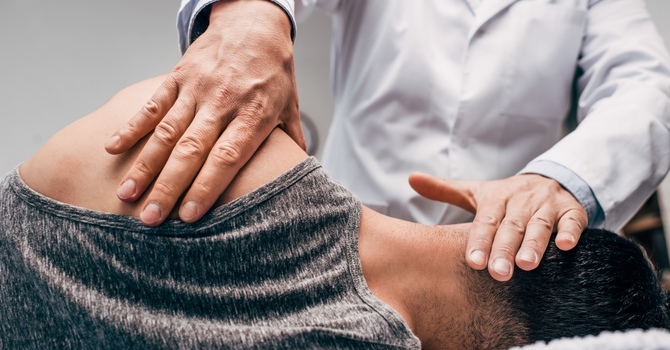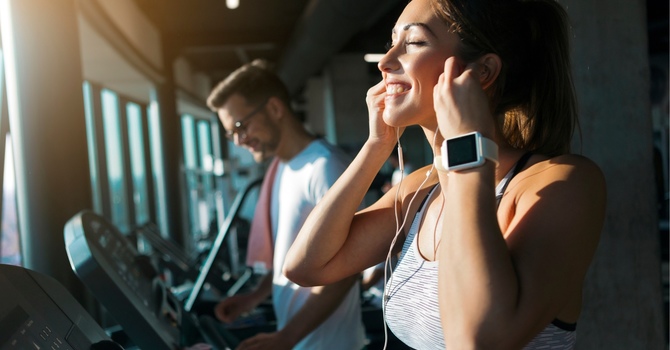
You probably think your mom told you to sit up straight because she just cared about your appearance, but she knows there’s more to posture than meets the eye. Posture affects more than just how you look; it improves bodily function, as well as overall mood.
Unless you are recumbent though, maintaining “good” posture for a prolonged period is quite physically demanding. When you remember, you try to correct your posture and try to sit up tall. However, this doesn’t last long because muscles start to fatigue and you experience this as burning or aching. Some parts may become sore or even go numb due to constant pressure. This is because every part of your body has a limit for how much load it can tolerate (i.e. how much weight or pressure it can take over a certain amount of time) and those uncomfortable feelings you get are signs that those tissues are nearing their load capacity.
Some parts of your body are better designed to withstand certain loads. Let’s compare, for example, your tailbone (AKA Coccyx) with your ischial tuberosities (AKA sitz bones). Your sitz bones are the bony projections at the bottom of your pelvis near the bottom of your buttocks. The small pointed tip of your tailbone would not be best for sitting on for long periods, but the broader surface of your sitz bones are well designed for this task.
So when choosing between your tailbone and your sitz bones to sit on, your sitz bones are clearly the better option. But even your sitz bones (and the tissues covering them) have a limit for how much load they can tolerate. Same goes for every part of your body! The solution?…give it a break. Offload those tissues by changing positions or keeping your body moving. Stand, recline, lean forward, lie down, walk… just about anything works, as long as it changes the load to the tissues. I usually make the recommendation that you do not sit for more than 1 hour straight to prevent reaching load capacity.
Posture in Movement
Posture is not only relevant when you’re still in sitting or standing, it is also important as it relates to movement, specifically in preparation for your next movement. Try this: slouch your upper back and roll your shoulders forward, then raise one arm as high as you can and notice how it feels and how high you are able to get it. Now, sit up tall (or stand tall if you were standing to begin with) and stick your chest forward and see if you can raise your arm higher. What you should have noticed is that you can get your arm higher when you were sitting/standing tall, or it at least felt less restricted.
Due to the complexity and the dynamic nature of the body, going over ideal posture for every part of your body and for every task would be too much information. However, if you keep these 2 posture tips in mind and in body, you will do well:
1. Embody Confidence:
– Imagine what you would look like if you appeared confident and embody that look; use your posture to convey confidence. Show off your inner superhero! This will not only improve your posture, but, because your brain cannot really distinguish between looking confident and feeling confident, you will start to feel more confident too!
2. Change Positions Often:
– Your body is designed to move and it needs to move! Move your body in ways that feel good.
Now, go make your mamma proud!
If you are interested in physiotherapy services please contact Holland Landing Health Centre at 905-853-7900 or via e-mail at info@HLHC.ca.

Admin
Contact Me



